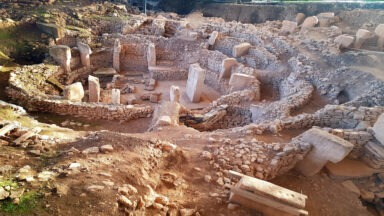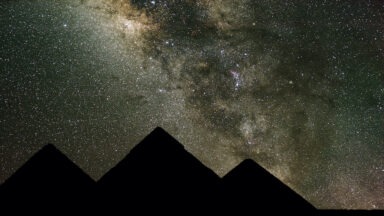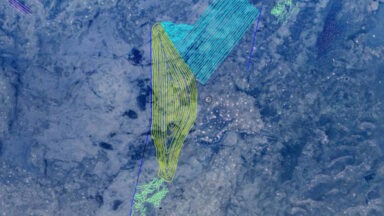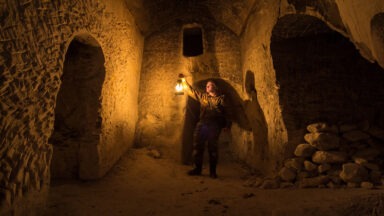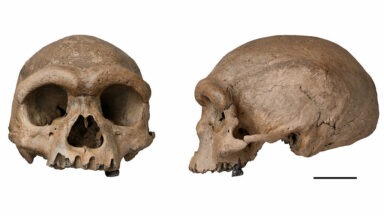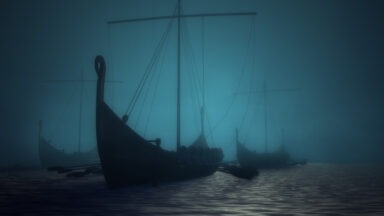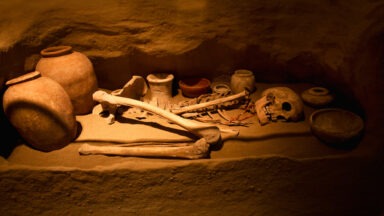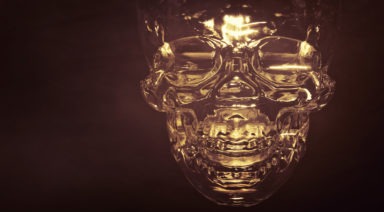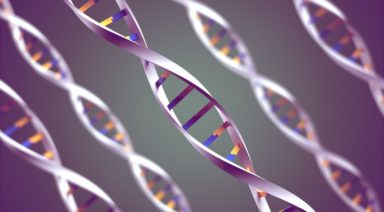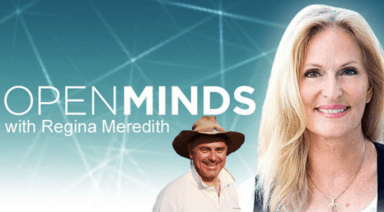Gynocentrism & Matriarchal Societies: Past and Present

Much of the modern world is, without a doubt, governed by men. While gender equality has improved in many parts of the world, there is still much progress to be made in this realm.
Considering that patriarchy is so normalized today, it may be a bit tough to wrap our heads around the idea that perhaps, at one point in time, women ruled the Earth. It might even seem like a far-fetched concept that’s perpetuated by feminists or idealists.
Whether or not a matriarchy (also known as “gynocentrism”, which literally translates to “female centered”) is a fantasy or reality is still up for debate. However, there is much to explore about this fascinating subject.
The Gynocratic Age
In 1972, Gloria Steinem, a popular feminist author, publicized the concept of the matriarchy, which gained notoriety in the years that followed. While the validity of this theory is still questioned today, it has sparked discussion about the possibility and viability of gynocratic societies.
During a time period known as the Gynocratic Age, women were allegedly worshipped and praised for their ability to give birth. Childbirth was a great mystery at the time, and men, not realizing that they actually played a role in it, held the belief that women “bore fruit like trees, when they were ripe.”
The Gynocratic Age allegedly lasted from around 2 million years ago to 3000 BCE. At that point, it is said that a great transformation occurred, perhaps due to a cataclysm or a groundbreaking discovery, and sparked patriarchy.
The Fall of Matriarchal Societies
As mentioned above, women were praised and worshipped for their ability to give birth. However, it is said that once men discovered their role in women’s ability to conceive children, they began to covet their power. This was the catalyst for the Gynocratic Age’s demise.
Evidence
Archaeologists and other researchers have uncovered much evidence that supports the theory that gynocratic societies once existed:
An 8,000-year-old sculpture discovered in the fall of 2016 depicts some sort of goddess. Some speculate the figurine depicts a fertility goddess, while others believe her plump figure represents a woman of social prominence. Literature such as the Bible (the Virgin Mary) and Homer’s The Odyssey highlight the importance of women in society. The Book of Enoch, a Biblical text that is omitted from the standard Christian Bible, also features more stories of women than other Biblical texts. Scholar Lotte Motz observed that women appear just as frequently as men in ancient artwork.
Skeptics point out that just because women are depicted as goddesses in artwork and literature doesn’t necessarily mean they were equal or more powerful than men. With no written historical records, we can’t be 100-percent sure as to the authenticity of a truly gynocratic society.
Other Gynocentrism Theories
Although Steinem is credited with bringing the theory of the matriarchy to prominence, she was not the first person to position such an argument.
Gynocentrism has been discussed throughout the ages. Female writers Lucrezia Marinella and Modesta Pozzo are credited with exploring gynocentric concepts in their work, namely “sexual feudalism,” which can be traced back to the Middle Ages.
Johann Jakob Bachofen, a Swiss anthropologist, also explored matriarchal societies throughout his work in the 19th century. He often cites the Greek goddesses Aphrodite and Demeter, who held significant power in ancient Greece, as evidence of women’s prominent role in that culture.
Robert Graves, an English poet and writer, was also fascinated with matriarchy in Greek culture. He attributes societal pressure to the eventual downfall of gynocentrism.
Modern Matriarchal Societies
Several matriarchal societies exist today all over the world.
- The Mosuo tribe of China is referred to as the “Kingdom of Women” throughout the country. Unlike most parts of China and the world, the Mosuo women are in charge of everything from finances to land and home ownership.
- Indonesia’s Minangkabau also places women at the forefront of society. When a man marries a woman, he is the one to move into her family’s home, and women pass inheritances such as land and homes onto their daughters like fathers do with sons in much of the world.
- Similar, the women of Costa Rica’s Bribri tribe are the ones who can inherit land. They also enjoy the right to prepare cacao, which is used in various sacred rituals.
- The United Kingdom’s monarch, Queen Elizabeth II, has ruled the nation since 1952.
Are these and other modern matriarchal societies representative of a more women-centric past, or are they an indication that matriarchy is on the rise once more?
Society has experienced some pretty dramatic changes throughout history. Only time will tell if matriarchy becomes the norm once more.
Want more like this article?
Don’t miss Ancient Civilizations on Gaia to journey through humanity’s suppressed origins and examine the secret code left behind by our ancestors.
11 New Hills Discovered at Gobekli Tepe Megalithic Site

Turkey just made an announcement about a major archeological discovery at Gobekli Tepe. Could this finally shed light on who built the world’s oldest megalithic site, and why?
First unearthed in 1995, the 11,000-year-old excavation site at Gobekli Tepe has yielded the most significant collection of stone pillar monoliths ever discovered. While most archeologists agree that the structure is the world’s oldest temple, they have long-debated the origins and motivations of its builders. The recent findings of 11, possibly 12, new sites around Gobkeli Tepe may provide those answers.
Andrew Collins is an ancient history researcher who has written extensively about the site.
“Gobekli Tepe is in many ways the best evidence that we have of a lost civilization—a pre-Ice Age civilization that existed worldwide and was probably wiped out by very harsh conditions and possibly some kind of comet impact about 13,000 years ago, and that the sole remnants of this went on to create Gobekli Tepe,” Collins said.


